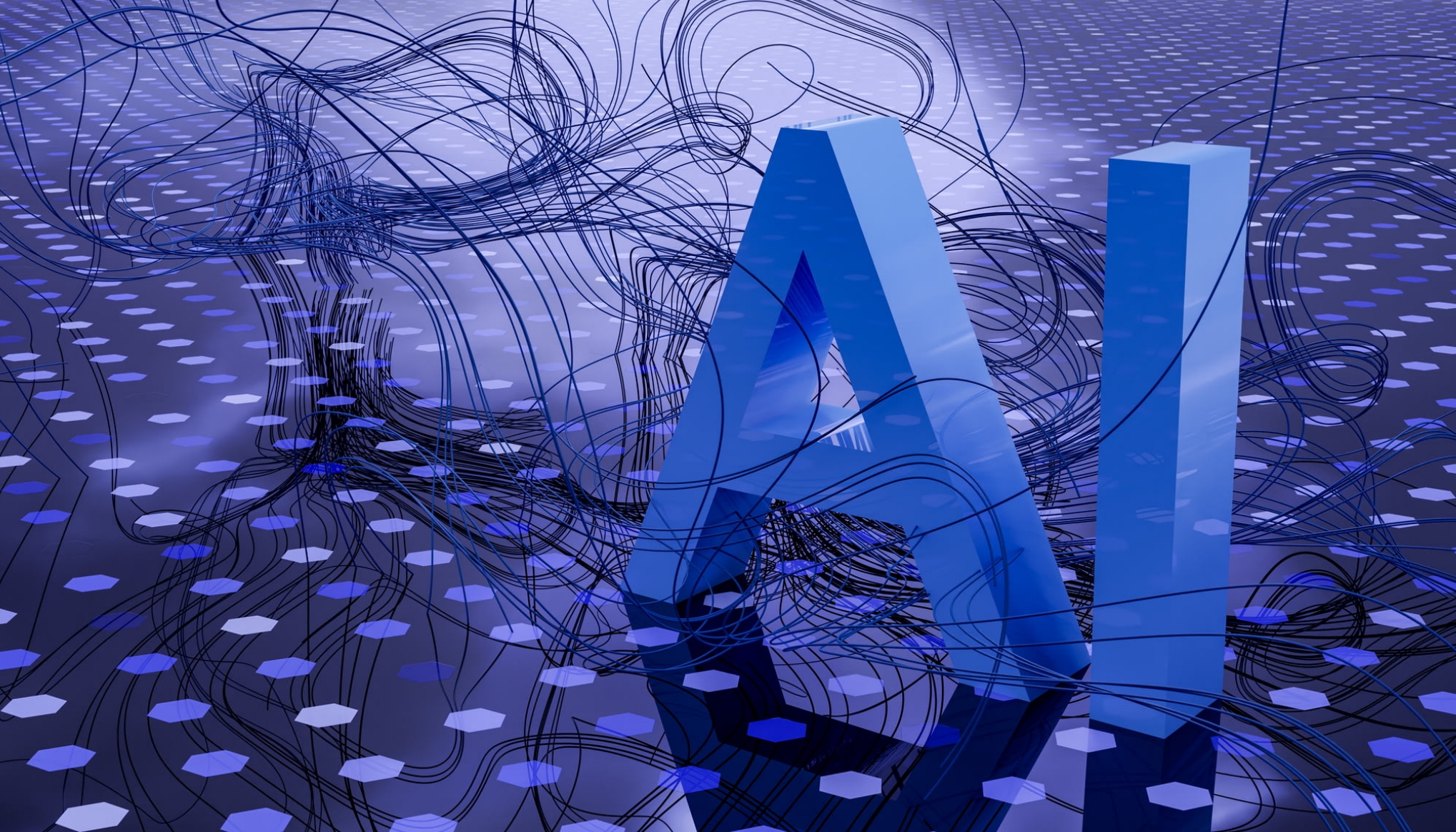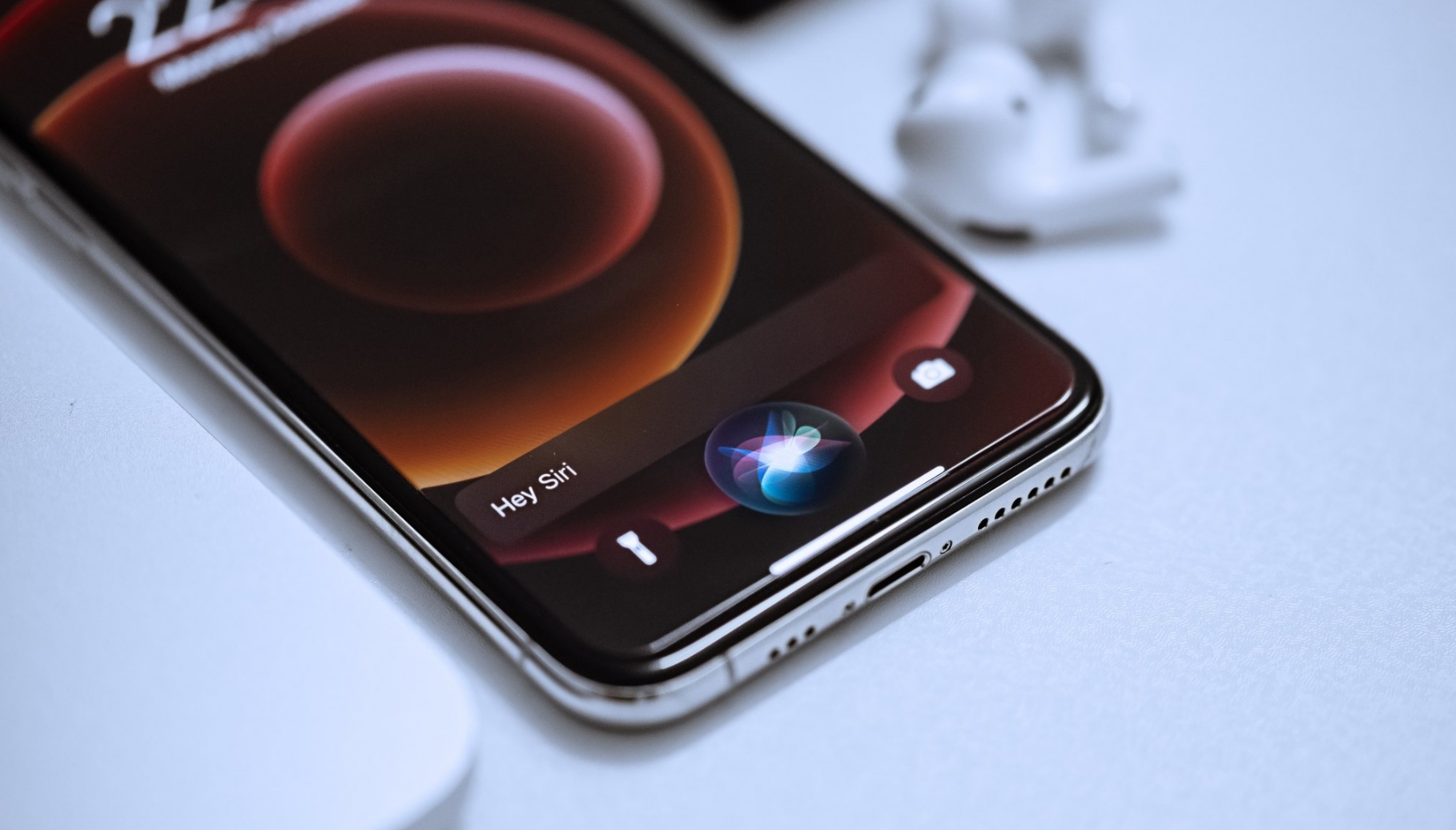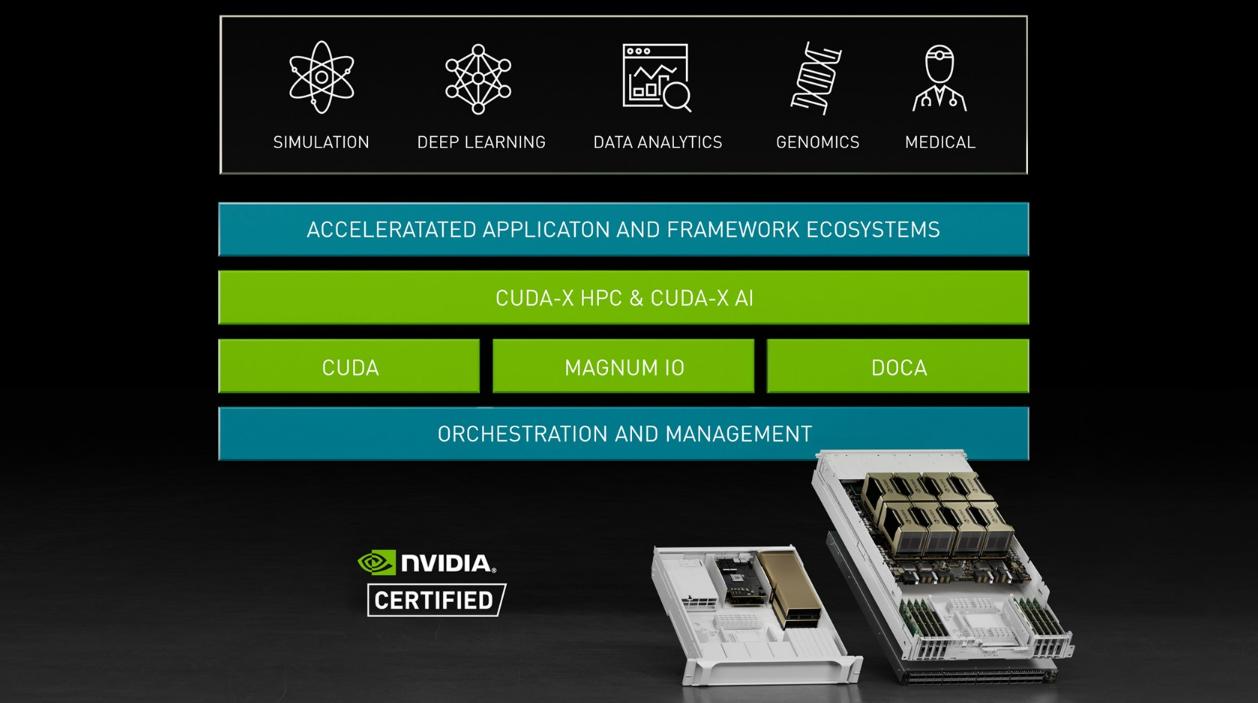Apple Races to Catch Up in the AI Arena as a Major Player Emerges
-
Apple has faced numerous challenges recently. On one hand, iPhone 15 sales are under pressure, with prices plummeting during the ongoing Double 11 shopping festival, dropping by up to 900 yuan on some e-commerce platforms—a steeper decline than previous generations. On the other hand, Apple's stock has shown volatility, closing down over 1% multiple times in recent trading sessions, likely dragged down by broader market trends.
Lack of innovation has been the biggest criticism of Apple's recent product releases. For a tech company renowned for its creativity and built on innovation, this is a significant blow. Apple is well aware that it needs to step out of its comfort zone and keep up with the trend—AI is the unmissable opportunity.
According to the latest reports from Apple Insider, Apple plans to invest $1 billion annually in developing generative AI technology, which may be integrated into its next-generation operating system. The initiative is led by Apple's senior vice presidents John Giannandrea and Craig Federighi, who oversee AI and software engineering, respectively.
How will Apple spend this $1 billion annually? What does Apple hope to achieve with this hefty investment?

Looking back at history, Apple's involvement with AI is not late—at least not behind peers like Microsoft and Google. The 2010 acquisition of Siri for $150-250 million is widely regarded as one of the most significant AI investments during the Steve Jobs era.
Later-revealed interviews show that Siri's startup team, flush with funding at the time, initially rejected Apple's acquisition offer. It wasn't until Steve Jobs, already battling illness, personally called Siri's founder and CEO Dag Kittlaus to outline Apple's grand vision for AI and smart hardware that the deal was finalized.
Fortunately, Siri did not disappoint Jobs. After debuting as Apple's official voice assistant the following year, it became immensely popular. Apple also refined Siri's language capabilities, adding features like voice reading and built-in tools, making it a key selling point across Apple's hardware lineup.
However, the honeymoon phase didn't last long. While everyone saw Siri as Apple's foothold in AI, internal disagreements over its direction and strategy led to talent attrition.
In 2019, Bill Stasior, who led Siri's technical team for seven years, left for Microsoft as a technical vice president, raising concerns about Siri's future. At Microsoft, Stasior returned to his roots, helping integrate AI product lines.

The debate over whether to focus on search engines or voice assistants has long divided Apple's leadership, with no consensus reached. The root of the disagreement lies in Apple's hardware-centric business model, which differs from Google and Microsoft's search and cloud computing, where AI is tightly integrated. Apple's closed iOS ecosystem also clashes with the open-source, data-intensive nature of generative AI.
In contrast, Microsoft and Google, with their unwavering commitment, have outpaced Apple in AI.
Financial results tell the story: Microsoft's Q3 revenue grew 12% YoY to $56.5 billion, with Azure up over 19%, driving a 3% stock surge overnight. Google, meanwhile, has embedded AI across its product suite, including AI-powered office tools, foundational models in Google Cloud, and the highly anticipated Bard.
Apple's lag is undeniable, but it's not too late to catch up. The question is: Can Apple learn from past mistakes?
To do so, Tim Cook and his team must first answer a fundamental question: What does Apple aim to achieve with AI? Or, what benefits can AI bring to Apple?
The answer is simple. This time, Apple can't afford to hesitate between search and voice assistants—it must fully integrate AI into its software and hardware ecosystems to stay relevant.
Externally, hardware manufacturers are rapidly adopting AI, with AI-powered phones and PCs becoming commonplace. While AI may not revolutionize device performance overnight, it will inevitably reshape consumer expectations and habits. When the entire industry moves in one direction, Apple cannot swim against the tide alone.
Beyond smartphones, AI is increasingly prevalent in PCs, wearables, and smart home devices. Lenovo recently unveiled the world's first AI PC, featuring endorsements from industry leaders like Jensen Huang and Lisa Su. Demonstrations showed its AI PC outperforms smartphone-based models, rivaling cloud-based solutions.
While third-party AI assistants and models exist, the strategic and product value of in-house development is irreplaceable. Top-tier manufacturers like Apple and Huawei/Xiaomi/OPPO/vivo cannot outsource their fate—only by mastering core technologies can they ensure stability. Moreover, third-party solutions lack the tailored precision of proprietary systems.
Beyond hardware, software and content services are also being reshaped by AI, posing challenges to Apple's closed iOS ecosystem.
Beyond Siri, Apple has dabbled in other AI ventures, though most fizzled out. Still, its consistent investments in AI startups have built a strong network and technical foundation, setting the stage for its current AI push.
According to CB Insights, Apple acquired nearly 30 AI firms by 2020, spanning machine vision, machine learning, data optimization, and natural language processing—most aimed at enhancing Siri.
Of course, compared to Microsoft and Google, Apple's resources pale in comparison. Leveraging its $1 billion annual investment is Apple's last chance to ride the AI wave.
With the goal set, the next question is: How to allocate this $1 billion most effectively?
First, hardware upgrades are essential. High-performance chips and servers are critical for training AI models and developing new products/systems—a significant portion of Apple's budget will go here.

Second, funds must flow into Apple's coveted generative AI product development.
The good news: Apple's vast user base and ecosystem provide ample data, eliminating collection hurdles. But beyond servers, costs like cloud computing and soaring electricity bills are unavoidable.
Notably, post-launch maintenance is also costly. For example, ChatGPT's peak daily traffic hit 25 million, averaging 250 million queries daily—requiring over 30,000 NVIDIA A100 GPUs to meet demand.
But these are future concerns. Apple must first deliver a product for next steps to matter. A successful "Ajax" could also enhance other Apple products, such as Siri and iOS, adding significant value.
Lastly, Apple must defend its position in AI chips amid challenges from Qualcomm.
Qualcomm's October 24 releases—X Elite and Snapdragon 8 Gen 3—are deeply AI-focused. The X Elite reportedly outperforms Apple's M2 Max in some tasks. Though X Elite devices won't launch until next year, Qualcomm's aggressive moves have already put Apple on edge.
In summary, Apple's AI team has many tasks ahead and even more areas requiring financial investment. How to allocate limited funds where they are most needed is a test for Apple's top management.
